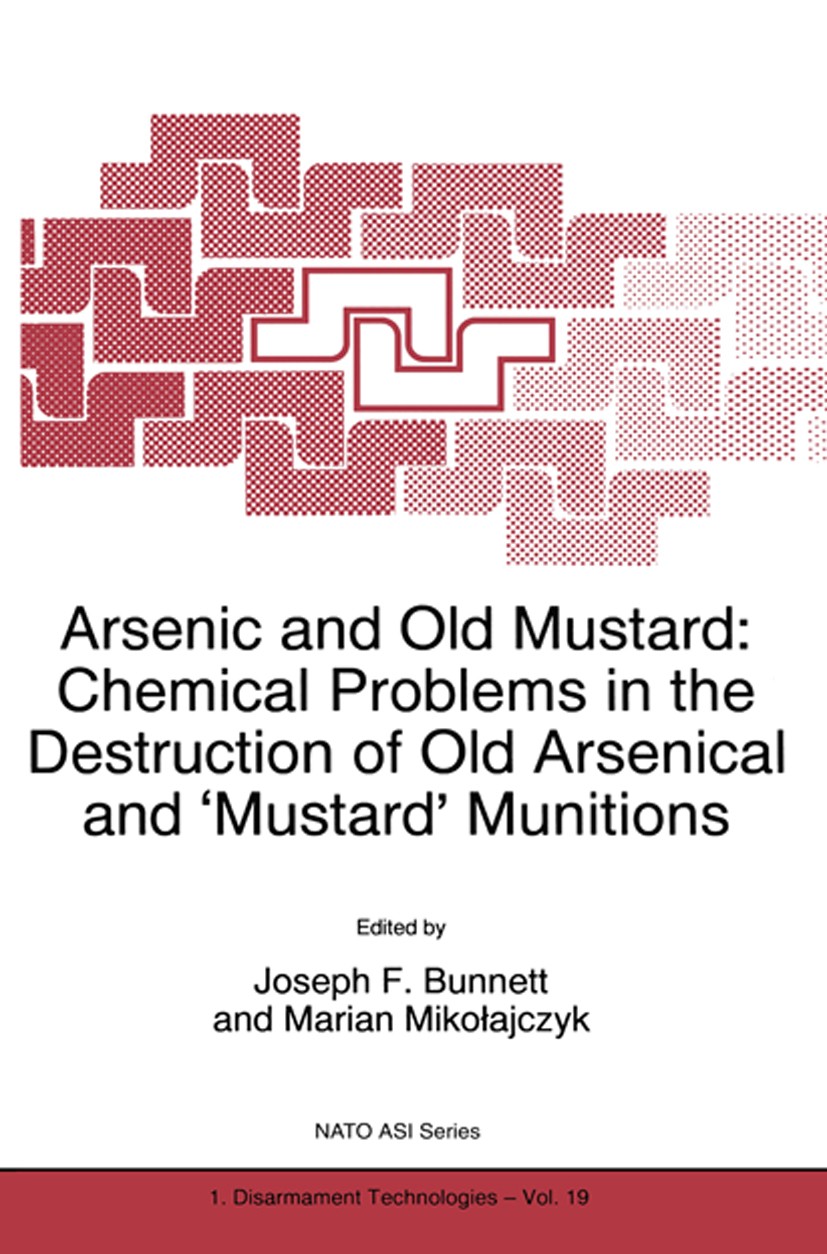| 期刊全稱 | Arsenic and Old Mustard: Chemical Problems in the Destruction of Old Arsenical and `Mustard‘ Munitio | | 影響因子2023 | Joseph F. Bunnett,Marian Miko?ajczyk | | 視頻video | http://file.papertrans.cn/162/161792/161792.mp4 | | 學(xué)科分類 | NATO Science Partnership Subseries: 1 | | 圖書封面 |  | | 影響因子 | More than ten million `poison gas‘ shells, mortar bombs, etc.,lie hidden in Europe, many of them relics from World War I. Some werefired and failed to detonate, others were abandoned in old ammunitiondumps. Most retain their load of chemical warfare (CW) agents. Theyare turned up daily in the course of farming and construction. ManyEuropean nations have permanent departments concerned with theircollection and destruction. .Old munitions, when discovered, are usually heavily corroded anddifficult to identify. Is it a CW munition? Or an explosive? If CW,what agent does it contain? Once identified, one has to select adestruction method. Some of the methods that have been proposed areless than perfect, and are often complicated by the presence ofextraneous chemicals, either mixed with the CW agents duringmanufacture or formed over decades in the ground. .Of particular interest are the insiders‘ reports on the German CWprogrammes of both World Wars, and the current status of Russianchemical armaments. | | Pindex | Book 1998 |
The information of publication is updating

|
|
 |Archiver|手機(jī)版|小黑屋|
派博傳思國(guó)際
( 京公網(wǎng)安備110108008328)
GMT+8, 2025-10-10 04:41
|Archiver|手機(jī)版|小黑屋|
派博傳思國(guó)際
( 京公網(wǎng)安備110108008328)
GMT+8, 2025-10-10 04:41


